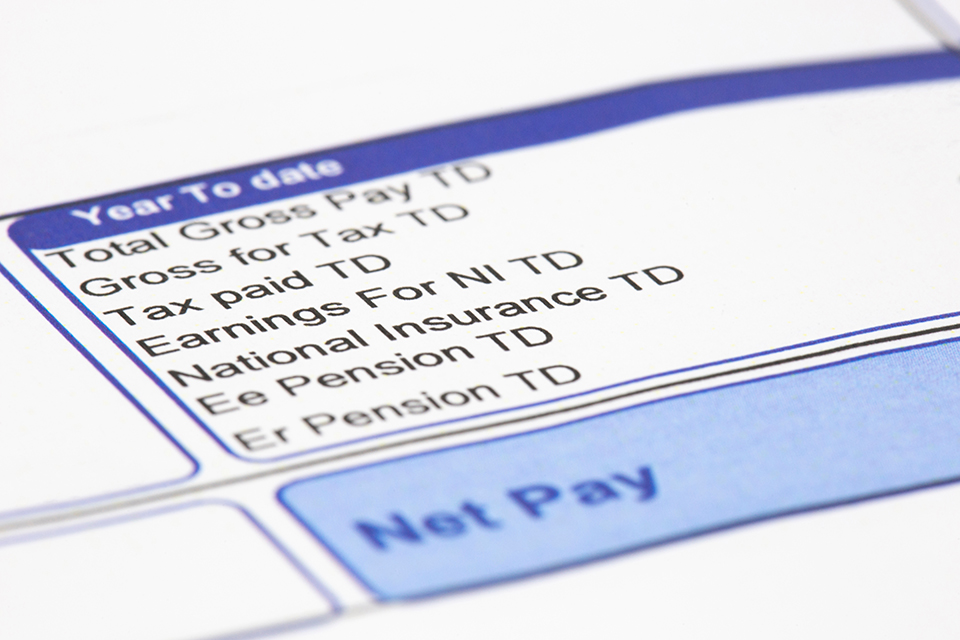

The UK’s tax landscape is undergoing a significant transformation with the introduction of Making Tax Digital (MTD). This initiative by HM Revenue and Customs (HMRC) aims to modernise the tax system, making it more efficient, accurate, and easier for taxpayers to manage their affairs. Here’s an overview of what MTD entails and its implications for businesses and individuals.
Digital Record-Keeping
One of the core components of MTD is the requirement for taxpayers to maintain digital records of their income and expenses. This can be achieved using various accounting software applications such as QuickBooks, Xero, Sage, and FreeAgent. These tools streamline the process of recording financial transactions, ensuring that all data is stored accurately and is easily accessible for reporting purposes.
Real-Time Tax Updates
Under MTD, the traditional annual tax return process is being replaced with quarterly updates to HMRC. This shift allows taxpayers to have a real-time view of their tax positions, enabling better financial planning and management throughout the year. The quarterly submissions provide ongoing insights into tax liabilities, reducing the year-end rush and potential for errors.
VAT Compliance
As of April 2022, all VAT-registered businesses are mandated to comply with MTD for VAT. This means that businesses must use compatible software to keep digital records and submit their VAT returns electronically. This transition has been crucial in ensuring that VAT processes are streamlined and aligned with the overall objectives of MTD.
Future Phases of MTD
Looking ahead, the scope of MTD will expand further. From April 2026, landlords and sole traders with an income above £50,000 will be required to adopt MTD for income tax. This threshold will be adjusted to £30,000 from April 2027. These changes are part of HMRC’s ongoing efforts to bring more taxpayers into the digital framework, enhancing the accuracy and efficiency of the tax system.
Benefits of MTD
The benefits of MTD are substantial:
- Accuracy: Automated systems reduce the risk of errors, as the software generates the figures based on the digital records maintained.
- Better Management: Quarterly submissions alleviate the pressure of compiling annual returns, making it easier to manage tax obligations throughout the year.
- Improved Tax Planning: With a clearer, real-time view of tax liabilities, taxpayers can plan more effectively and prepare for any payments due.
- Quarterly Tax Liability Estimates: Clients receive an estimate of their tax liability each quarter, along with a final declaration at the end of the tax year, aiding in financial planning and decision-making.
Exemptions from MTD
While MTD aims to be comprehensive, certain exemptions apply. These include individuals who are unable to use digital tools due to age, disability, or location (such as those in remote areas with poor internet connectivity), as well as those with specific religious beliefs that preclude the use of technology.
Step forward
Making Tax Digital represents a significant step forward in modernising the UK’s tax system. By leveraging digital tools and real-time data, MTD enhances accuracy, reduces administrative burdens, and provides taxpayers with better insights into their financial positions. As MTD continues to evolve, businesses and individuals must stay informed and prepared to embrace these changes, ensuring compliance and maximising the benefits of a digital tax landscape.
As always, if you need help and advice, please get in touch and we will be happy to help.





